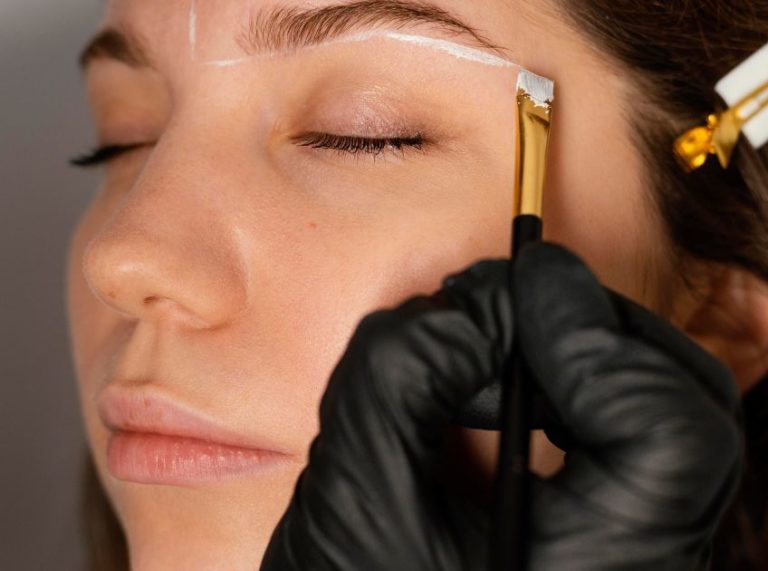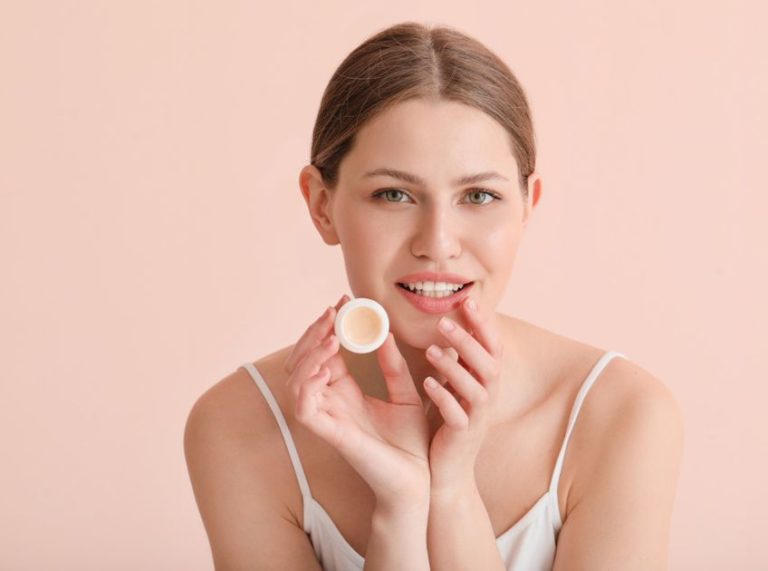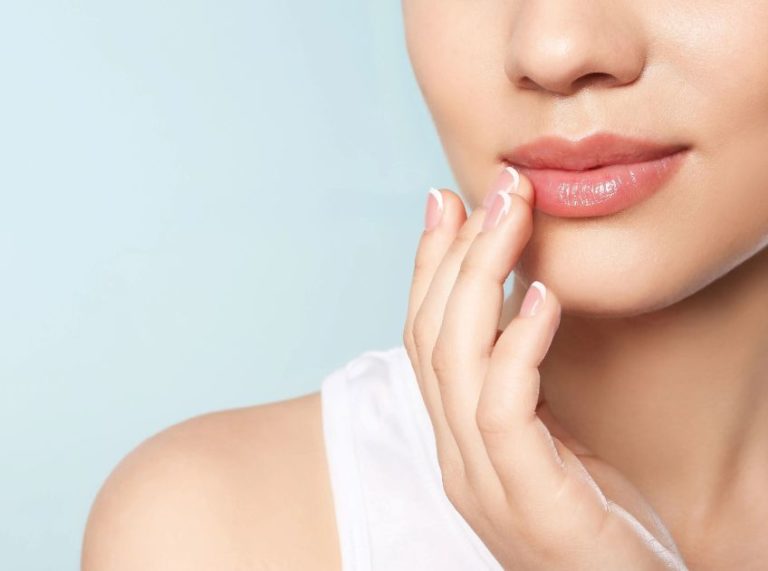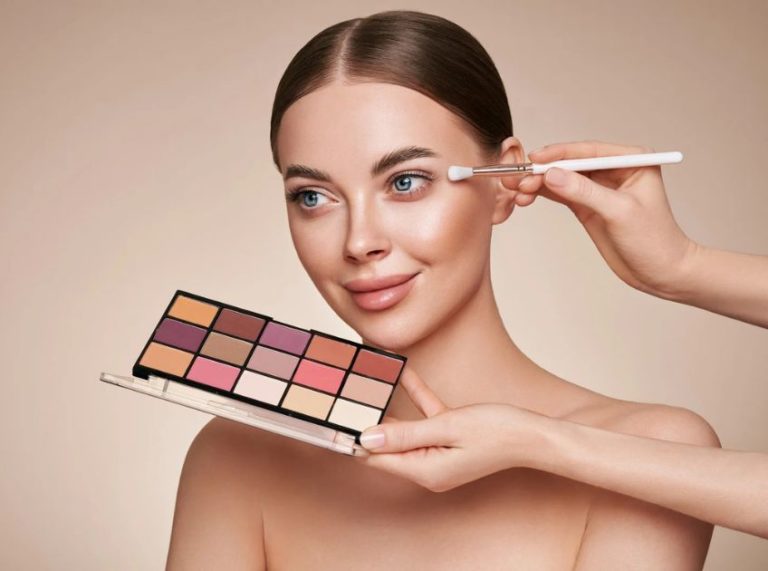
Important: This article is for informational purposes only. Please read our full disclaimer for more details.
When it comes to beauty products, sky’s the limit. Since there are plenty of ingredients that benefit skin in multiple ways, a huge number of cosmetics are launched in the market. While it needs an expertise in knowing the use of these products, beginners often get into confusion.
Two beauty products among which people often get confused are setting powder and finishing powder. Since both of them seem similar, it becomes hard to decide what to use and when.
Therefore, in this article, we have compared setting powder vs. finishing powder under different heads to help makeup enthusiast clear differences between them. By the end of the article, they will understand how these powders differ in their functionality.
Difference Between Setting Powder and Finishing Powder
Setting Powder

It is a matte powder that comes in loose or pressed form. The work of setting powder is to remove superficial shine from the skin’s surface that comes after applying different cosmetics.
Thus, it helps get a natural look after makeup. At the same time, it extends the wear of makeup.
Benefits
- Prevents makeup from creasing
- Do not allow makeup to move
It does so by locking the formula of makeup products like concealers, foundations, tinted moisturizers, etc. As a result, they stay intact in their place and do not crease or move.
You need to be extra careful while using setting powder as improper application can give you a very artificial look. It is important to know if you want a natural finish or matte finish. For instance, using less powder will give your skin a natural finish; however, more use will give more matte finish.
Finishing Powder

Finishing powder is also like setting powder, but the end result is softer and more natural. It looks like you have applied a filter on your skin.
Benefits
- Gives a smooth texture to the makeup
- Delivers blurred finish
Therefore, it is recommended to use finishing powder as the final step in your makeup. Use a soft and long bristled powder brush that can focus on key areas of the face. You can also use an airbrush to use the finishing powder.
Tap a small amount of powder, and your skin will look softer and glowing.
Now, talking about differences, their weight, texture, and tone differ greatly.
Weight
While finishing powder is light in weight, giving a smooth texture to the skin, setting powder is heavier and locks in makeup perfectly to ensure no creasing or moving.
Texture
Additionally, the texture of the finishing powder is fine, giving you blurring and softer effects. On the other hand, setting powder is more about a matte finish.
Tone
Their tones also play a huge role in deciding what to use. For instance, you can find finishing powder in shades of peach, pink and rose to get a subtle look while setting powder comes in skin-tones shades or translucent.
Below is the table differentiating setting powder vs. finishing powder under different aspects
| Aspect | Setting Powder | Finishing Powder |
| Purpose | Sets makeup in place, controls shine and oiliness | Provides a final touch, blurs imperfections, adds a subtle glow |
| Application | Applied after foundation and concealer | Applied after setting powder or makeup application |
| Texture | Generally lightweight and mattifying | Can be lightweight to slightly luminous |
| Coverage | Mostly translucent or slightly tinted | Translucent or tinted, with sheer coverage |
| Oil Control | Effective in controlling shine and oiliness | May have oil-absorbing properties, but not primarily targeted at oil control |
| Longevity | Enhances makeup longevity, extends wear time | Enhances makeup longevity, sets makeup for longer wear |
| Finish | Generally matte or semi-matte | Can be matte, radiant, or dewy depending on the formulation |
| Skin Type Suitability | Suitable for oily to combination skin types | Suitable for all skin types, formulations may cater to specific skin concerns |
| Touch-ups | Suitable for touch-ups throughout the day | Suitable for touch-ups, adds a fresh, polished look |
Similarities Between Setting Powder and Finishing Powder
Since the work of both the powders is to set the makeup, their similarities often overlap.
- Applied as the last step in the makeup process
- Provide long makeup wear in areas of application
- Applied lightly for a natural finish and extra for a smooth finish
- Available in loose and pressed form
Setting Powder Vs Finishing Powder- What’s Right for Me?
Knowing what your skin type and what type of finishing you are looking for will help you decide between setting powder and finishing powder.
If you are looking for oil control or matte finish, look no further than setting powder. On the other hand, if the skin is dry, setting powder can make it drier. Thus, in such cases, finishing powder will help. It will make the skin look soft rather than coarse or rough after makeup.
Conclusion
Deciding between setting powder vs finishing powder comes after hits and trials if you are a beginner. However, if you are an expert, just knowing the skin type can help you decide which powder will suit you more.
Make sure you know what finish you are desiring, as it will help you decide the right powder.
Image Source : canva
Related Articles
- How to Apply Powder Foundation for Beginners?
- 5 Best Similar Laura Mercier Setting Powder Products
- HUDA BEAUTY Easy Bake Loose Powder: Long-Lasting Matte Finish
- Shine Slayer? e.l.f. High Definition Powder
- 10 Best Setting Powder For Dry Skin
- 7 Best Powders For Oily Skin
- Coty Airspun Loose Face Powder Review
- 7 Best Setting Powders For Mature Skin















